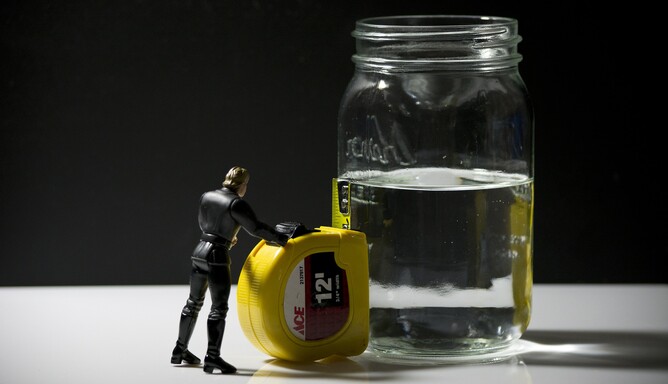Someone recently asked us how the design team at The Imagination Factory approaches repeatable idea generation in the projects we work on. It made us stop and think and we ended up with a list of 10 top tips for having great ideas which we thought might be useful to share.
Like any other activity, coming up with new ideas needs to start and end well for the bit in the middle to stand any chance of being successful.
So, when you are faced with a period of work in which you know you need to be creative it's important to check your attitude. Are you expecting this to work? Is your mind telling you this is going to be impossible before you've even started? Is there a voice in your head nagging you and saying that everyone's tried everything already and nothing has worked? We call this voice the Saboteur.
People familiar with performance coaching will understand that as individuals we are wired to try and return to a status quo as quickly as possible. Achieving lasting behavioural change requires self-awareness and a commitment to overcome the fear involved with trying something new. Elite athletes sometimes employ visualisation techniques designed to make them spend time tuning their thoughts to the successful outcome of a competition. In the same way, design and innovation are mental activities that require high levels of optimism and confidence in whatever process is being used to stimulate creativity.
Generating ideas as a part of a team can be particularly challenging because different personalities tend to approach the Saboteur from a variety of positions. People who spend most of their working life ensuring that good, healthy processes are followed and are focussed on improving efficiency may find it very hard to ignore the thoughts that they have come to rely on.
Before any idea generation session we try to set things up so that everyone participating has a chance to get into the right state of mind. Making sure the brief is clear and that people understand the techniques that are going to be used helps people prepare to operate outside of their comfort zone.
Finally, there are a number of ice-breaking techniques that also help people transition from whatever activity they were doing prior to the session.
So, when you are faced with a period of work in which you know you need to be creative it's important to check your attitude. Are you expecting this to work? Is your mind telling you this is going to be impossible before you've even started? Is there a voice in your head nagging you and saying that everyone's tried everything already and nothing has worked? We call this voice the Saboteur.
People familiar with performance coaching will understand that as individuals we are wired to try and return to a status quo as quickly as possible. Achieving lasting behavioural change requires self-awareness and a commitment to overcome the fear involved with trying something new. Elite athletes sometimes employ visualisation techniques designed to make them spend time tuning their thoughts to the successful outcome of a competition. In the same way, design and innovation are mental activities that require high levels of optimism and confidence in whatever process is being used to stimulate creativity.
Generating ideas as a part of a team can be particularly challenging because different personalities tend to approach the Saboteur from a variety of positions. People who spend most of their working life ensuring that good, healthy processes are followed and are focussed on improving efficiency may find it very hard to ignore the thoughts that they have come to rely on.
Before any idea generation session we try to set things up so that everyone participating has a chance to get into the right state of mind. Making sure the brief is clear and that people understand the techniques that are going to be used helps people prepare to operate outside of their comfort zone.
Finally, there are a number of ice-breaking techniques that also help people transition from whatever activity they were doing prior to the session.
